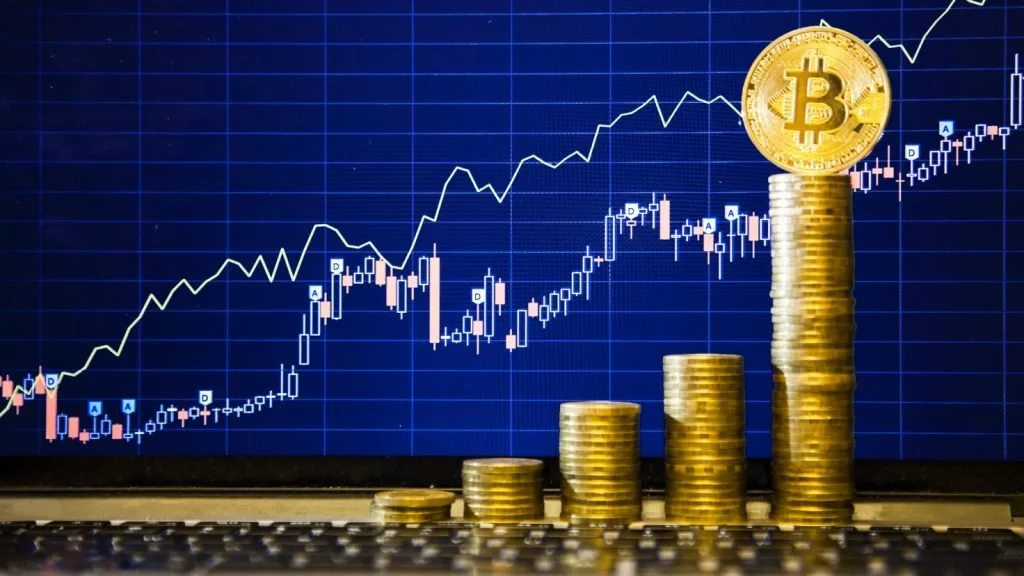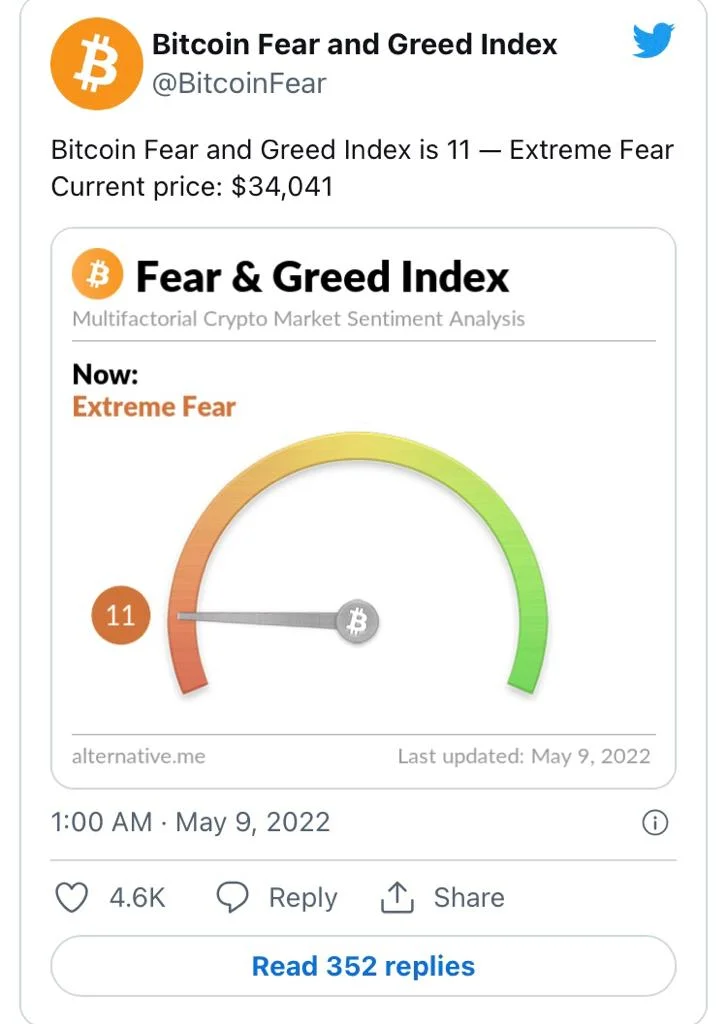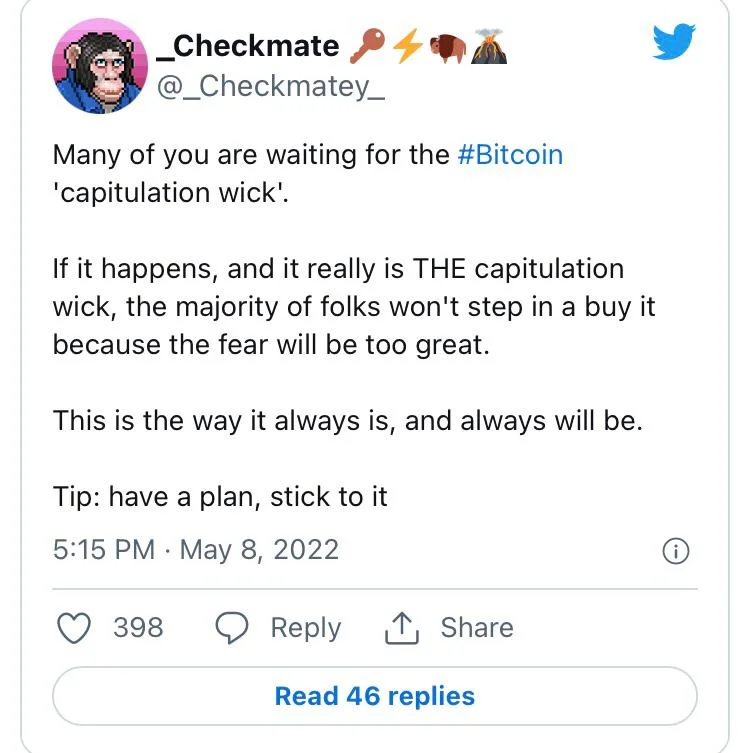According to Glassnode, the Bitcoin market appears to be retracing the gains it has made since January as whales exit and sell on centralized exchanges.

The number of Bitcoin whales is rapidly declining, possibly due to a three-month high in coin inflows to centralized exchanges (CEXs).
Glassnode, a cryptocurrency market tracker, has released several bearish indicators for the largest cryptocurrency by market cap, including data indicating a market exit for whales holding at least 1,000 coins and exchange inflows of more than 1.7 million coins, the most since February.

High BTC CEX inflows suggest whales may be exiting the market by selling coins, possibly to prepare for a longer market downtrend. According to a source, it was reported that recent sell-offs were likely carried out by short-term holders who had accumulated coins in late January and early February when prices had reached a 6-month low of around $34,800.
Unfavorable market forecasts based on hard data have caused the Bitcoin Fear and Greed Index to fall to 11, indicating “Extreme Fear.” The index assesses the overall level of fear or greed among Bitcoin investors.

Despite the negative sentiment, BTC’s daily transactions do not appear to have been impacted. According to YCharts on-chain data, there were 233,892 daily transactions worth approximately $30 billion on May 8, which is about the average since January.
On Sunday, Glassnode’s lead on-chain analyst “Checkmate” tweeted, “Many of you are waiting for the Bitcoin ‘capitulation wick,'” partially confirming that investors expect BTC to fall further. A capitulation wick is typically defined by a relatively long, abrupt, and catastrophic drop in price, such as the one seen on March 12, 2020, when BTC dropped 43 percent in a single day to around $4,600.

On Sunday, market analyst Caleb Franzen tweeted to his 11,000 followers that investors should expect markets to continue trending downward based on his analysis, which indicates we will remain “short-term bearish.” He concluded, “It appears worthwhile to expect more pain.”
